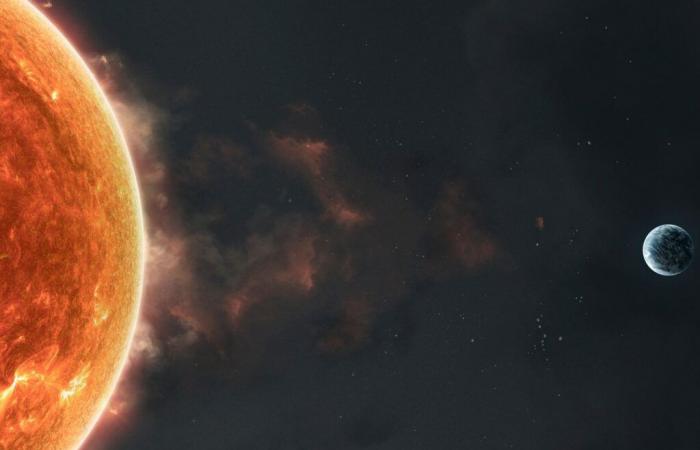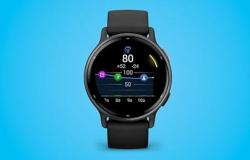She is as old as the first men appeared on Earth. IRAS 04125 + 2902 b, also called TIDYE-1b, is a young planet recently discovered by a team of American scientists. Astronomers presented the youngest planet ever spotted in our sky by sharing their work in the journal Nature this Wednesday, November 27.
She was discovered by an astronomer from the University of North Carolina in Chapel Hill, at the origin of the study. Universe Today magazine explains that this young planet is 1,500 times younger than our beautiful blue planetwho is 4.5 billion years old.
Who is TIDYE-1b?
The youngest planet ever observed in space is only 3 million years old. Madyson Barber was able to spot it using NASA’s TESS telescope and the transit method. This is a method at the origin of several identifications of exoplanets aged 10 to 40 million years.
This technique consists of detect new planets thanks to the decrease in brightness that it generates when they pass in front of its star. In addition to identifying new planets, this technique also makes it possible toestimate the characteristics of the latter, and in particular their size. Despite his young age, TIDYE-1b is ten times larger than our planet Earth.
In terms of size, it is closer to that of Jupitersay American astronomers. But its mass is lower than that of Jupiter, also described as a gas giant. TIDYE-1b orbits very close to its star, it is located in the molecular cloud of Taurus. She goes around its star in just under 9 daysemphasize the scientists.
What are these specificities?
First, the case of TIDYE-1b is rather rare. In reality, what is rare is toobserve planets orbiting young stars. These planets are most of the time hidden for no less than 5 million years in the protoplanetary disk. The latter is the field of gaseous and dusty debris in orbit around a star.
It is thanks to this protoplanetary disk that the planets are formed. This disc is flat in shape, which explains why planets generally orbit in the same plane. In the case of TIDYE-1b “the disc is tiltedoffset from both the planet and its star“, details Andrew Mann, professor at UNC-Chapel Hill.
Thanks to this particularity, the astronomers were able to spot the young planet more easily and quite early. Another particularity of TIDYE-1b: it is the formal proof that planets can form before a star is 10 million years old, which “challenges our current understanding of the formation of planets“, reveals the American professor.
Source : 20Minutes









